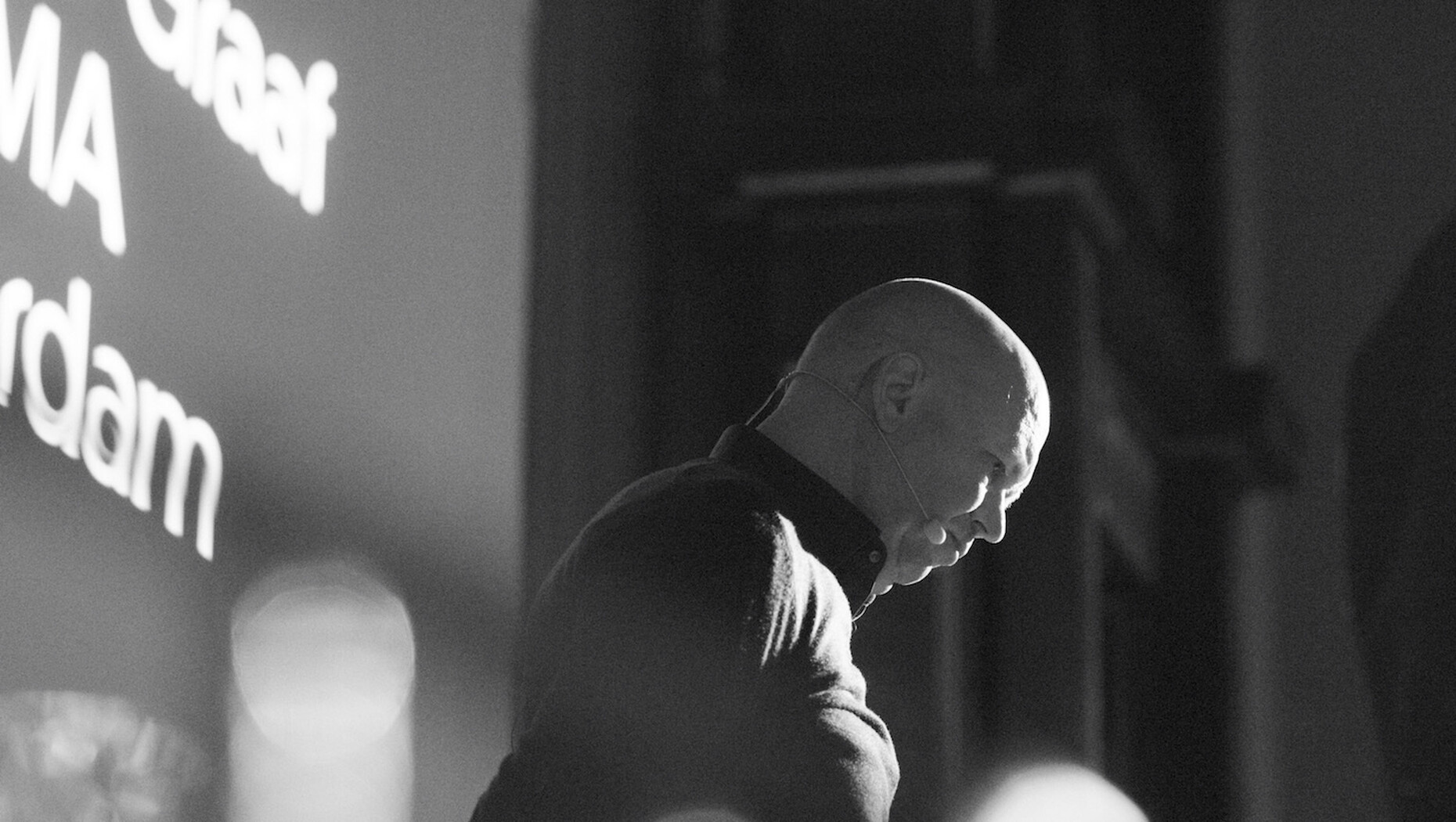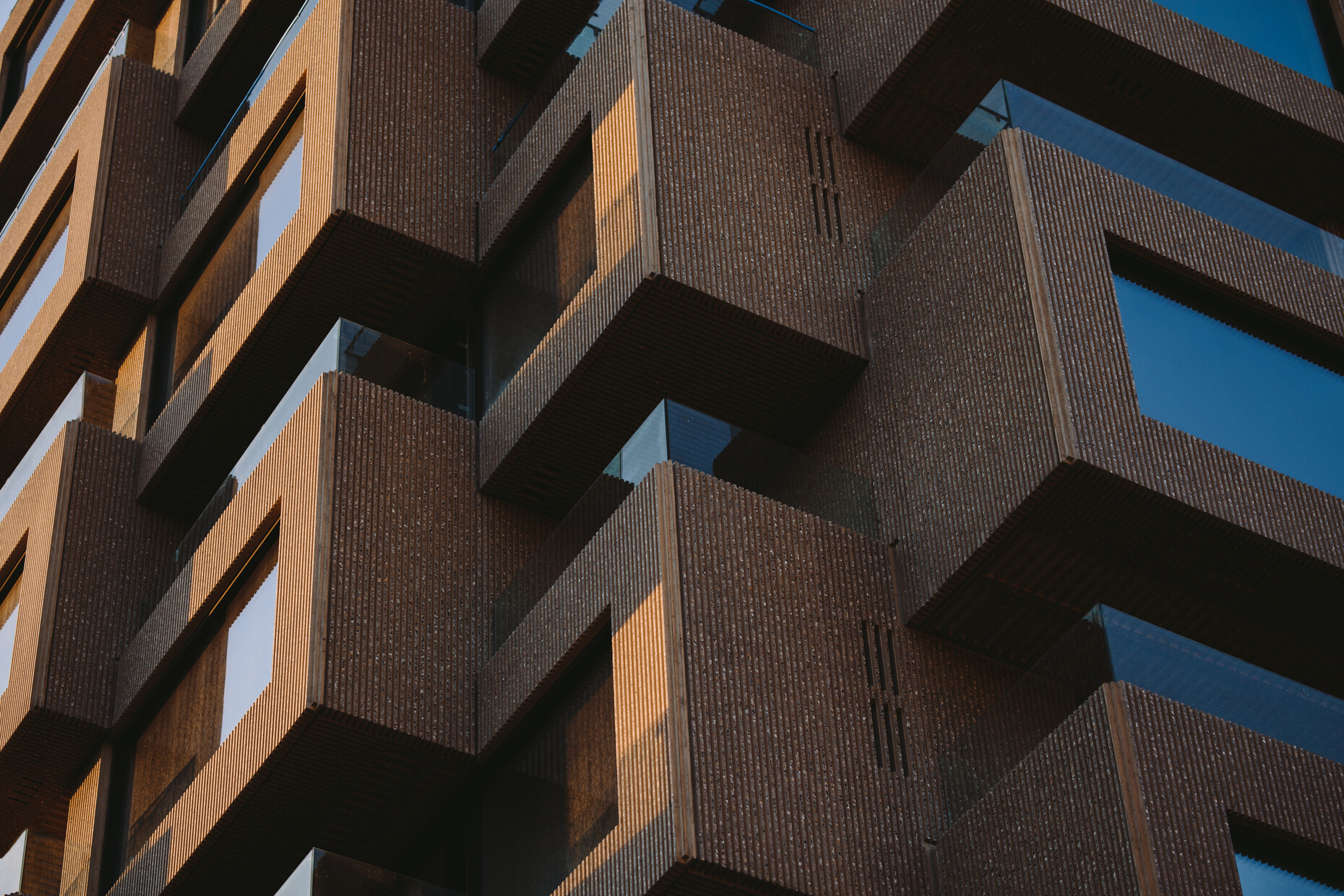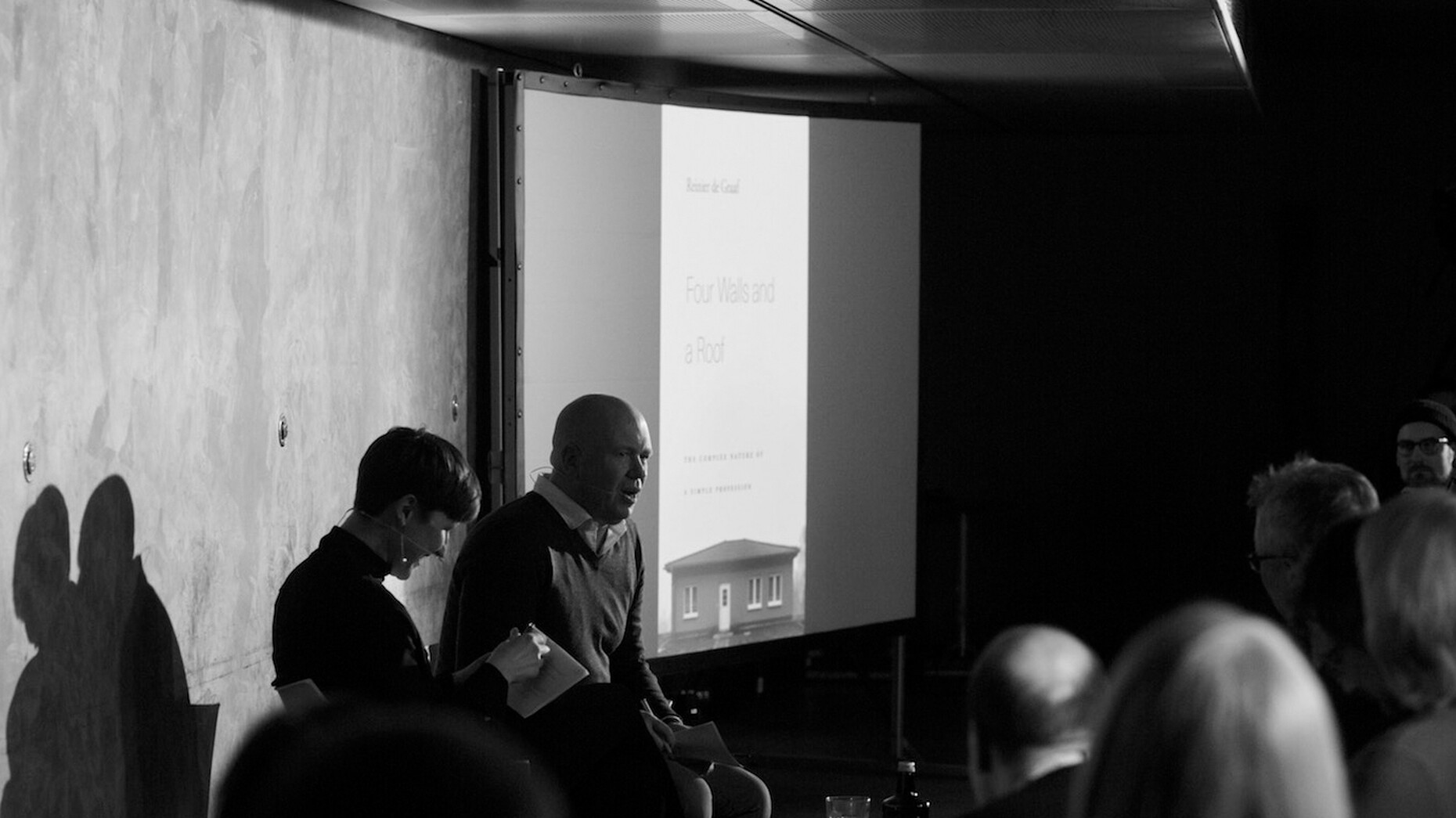The composer
There’s hardly an architecture event in Germany that brings together current debates in such a poignant and focused manner as the annual “Architecture Matters” conference in Munich. This year Reinier de Graaf, one of the partners at Office for Metropolitan Architecture (OMA) in Rotterdam, was welcomed as a keynote speaker. With his book “Four Walls and a Roof” he has recently made one of the most-discussed and most-praised contributions to the architectural discourse of late. Fabian Peters spoke to Reinier de Graaf in the framework of “Architecture Matters.”
Fabian Peters: When I read your new book I had to think of Tom Wolfe’s “From Bauhaus to our House.”Your book is similarly sharp and you at times aim your criticism at the same group of people that he did, namely the opinion leaders in architectural discourse.
Reinier de Graaf: Tom Wolfe’s book actually was always in the back of my mind. I like him as a writer a lot. He succeeded in writing about architecture for the mainstream, and that is what my book tries to do as well. That’s why I tried to avoid jargon, to avoid a pre-determined consensus that exists within the profession. Instead I sought to address the wider public.
But Tom Wolfe wrote an anti-modern manifesto...
Reinier de Graaf: …and I wrote an anti-anti-modern manifesto. But of course it’s 40 years later. I think that my anti-anti-modern feelings stem from a strange nostalgia I have for times that were less nostalgic than the present day.
One of your latest building projects, “Norra Tornen”, a residential tower that is currently under construction in Stockholm, shows your affection for the experimental phase of modernism in the 1960s and 1970s. I immediately felt reminded of Mosche Safdie’s “Habitat 67” and Herman Hertzberger’s structures from that period.
Reinier de Graaf: These buildings have been a reference for us for a while, starting with our “Timmerhuis” project in Rotterdam. There we tried to achieve maximum variation with standardized elements. Not variation for variation’s sake, but we tried to create the best-possible architectural quality for the inhabitants with an embraceable sort of industrial standardization.
I found the floor plans of the apartments in “Norra Tornen” very impressive. They have a very compact and economical design. You get by practically without access areas like halls and corridors.
Reinier de Graaf: The building plot was a residual space at the edge of a large intersection, so we didn’t have a lot of space to play with. We had to be extremely economical to make the whole project work. If we had wasted space I don’t think the project would have constituted an economical proposition for the client. So it was a real puzzle for us.
Some time ago Wilfried Kuehn of Kuehn Malvezzi Architects expressed the opinion in our magazine that the architecture for low-cost residential construction in Germany stopped developing in the 1950s. He thinks the last innovative projects in this area were created for the IBA 1954 in Berlin. In his eyes the large housing estates that followed spawned solely conservative, uneconomical and ‘petty-bourgeois’ floorplans.
Reinier de Graaf: I think it depends on which Germany he was talking about. There were effectively two, after all, for some 40 years. In relation to East Germany, where an entirely different approach was taken compared to West Germany, I would disagree. Plattenbau developments and the associated close links between architects and the concrete industry created some very interesting solutions, less in terms of floorplan concepts and more in terms of the possibilities and requirements of standardized buildings.
Do you see a possibility today to make fruitful use of the achievements of East-German prefabricated buildings?
Reinier de Graaf: It’s interesting that you spoke about it before, because whenever I want to be provocative I talk about “Norra Tornen” as “Plattenbau for the rich.”
In his book Tom Wolfe railed against Mies van der Rohe, Gropius and the other modernists who had gone into exile in the USA. He accused them of building enlarged European social housing for the American bourgeoisie. And now you are building a “Plattenbau for the rich” in Stockholm!
Reinier de Graaf: But there is a difference: If you compare Mies van der Rohe’s US period to his Berlin period you see that in exile he consciously took a stand against contemporary American architecture with his “less is more.” If, in contrast, you compare my “Norra Torren” to East-German Plattenbau architecture you can see that I take the opposite path: The building in Stockholm expands a very limited architectural language, instead of slimming down, like Mies, a rich vocabulary. After all, that is precisely what Tom Wolfe accuses him of. The “Plattenbau for the rich” that I talk about seeks by means of a new diversity to be more attractive than the original minimalist concept.
In your book you mix essays with diary entries. What made you adopt this approach?
Reinier de Graaf: The plan for the book emerged more or less by chance. I had been writing essays and keeping a diary for a long time. At a certain moment, when about half the essays were written, my publisher approached me and asked me whether I didn’t want to make a book. It then took me an immensely long time to write the remaining half of the book and it almost took me as long again to find a structure for it. On the one hand I wanted to put as many of my essays in it as possible, of course, and on the other I needed a coherent thread running through it, when I had never worried about that when writing many of them.
Is there any kind of link between the literary and the architectural structure?
Reinier de Graaf: I am indeed discovering structural relationships between literature and architecture the more I write. Composition plays a hugely important role in both disciplines. I think my architecture expresses a certain love of composition. And I hope my writing does a similar thing. Whether there is a closer connection between the two is not for me to judge.
The next "Architecture Matters" conference will take place on 28 and 29 March 2019 at the Alte Akademie in Munich. The theme will then be "THINK BIG! Grand ideas, large scale projects and destruction."









